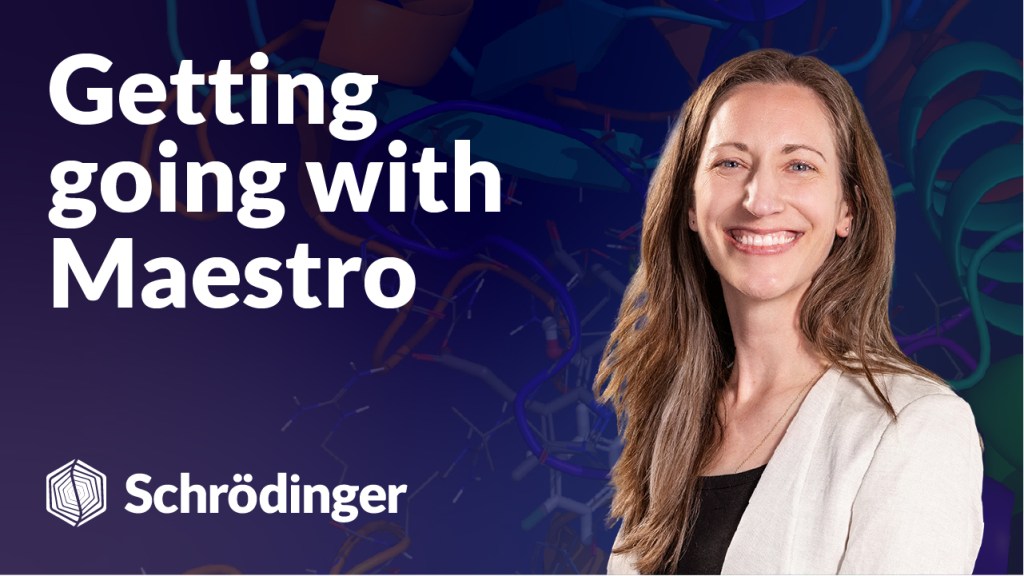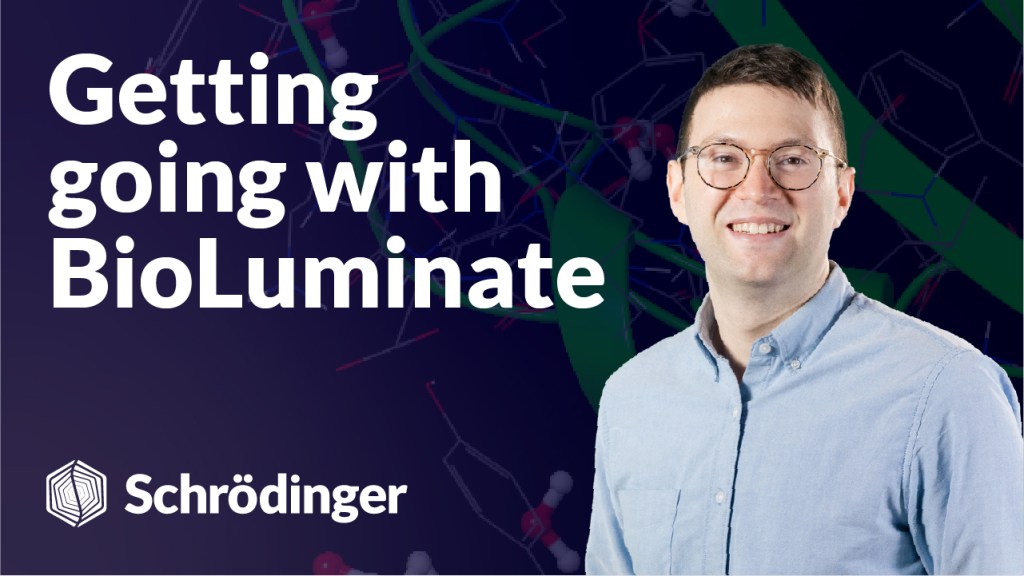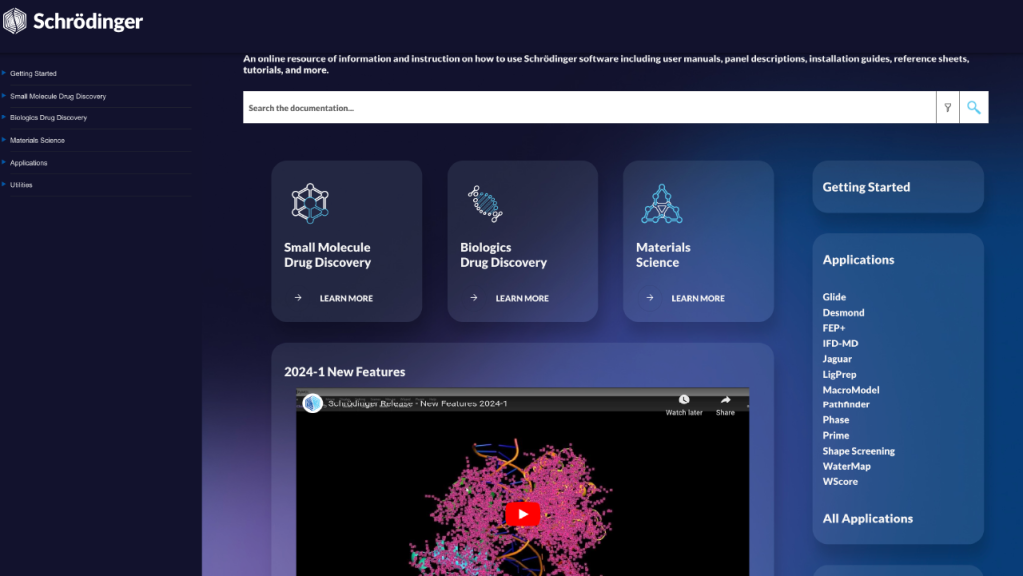Free learning resources
Quickly learn how to integrate Schrödinger technology into your research. From overviews to deep dives, you can find information about applications, workflows, and analysis here.
Quickly learn how to integrate Schrödinger technology into your research. From overviews to deep dives, you can find information about applications, workflows, and analysis here.
 Video
Video
 Video
Video
A free video series introducing the basics of using Maestro Bioluminate.
 Documentation
Documentation
Self-guided step-by-step introductions to various workflows with example files for getting comfortable with Schrödinger tools.
Short video overviews of specific introductory and scientific topics, including summaries of new release features.
A one-page PDF that visually describes the panel or workflow.
Prepare, run, and perform simple analysis on an all-atom MD simulation with Desmond.
Use Consensus IFD-MD to generate a model that can be used to improve selecitvity between an on-target protein and hERG
Perform a Quick Shape screening on a library of 20000 compounds and analyze the results.
 Video
Video
A free video series introducing the basics of using Maestro Bioluminate.
 Video
Video
 Documentation
Documentation
Level up your skill set with hands-on, online molecular modeling courses. These self-paced courses cover a range of scientific topics and include access to Schrödinger software and support.
Connect your students to industry-leading molecular modeling software through a web-based platform. Incorporate molecular modeling in the classroom.